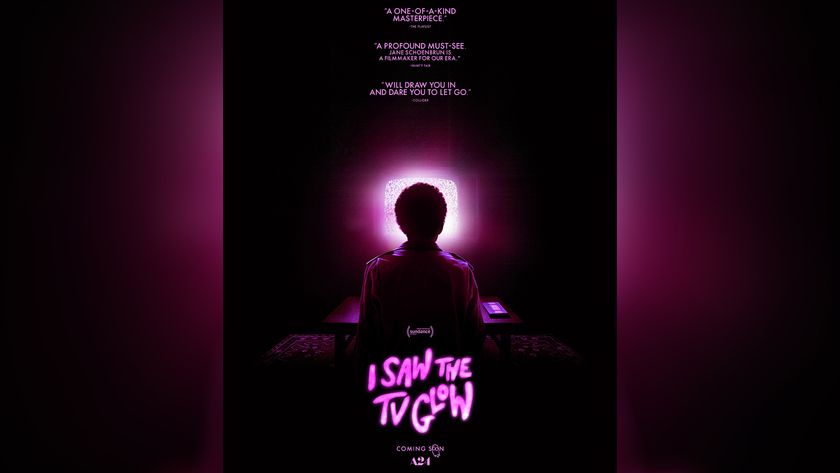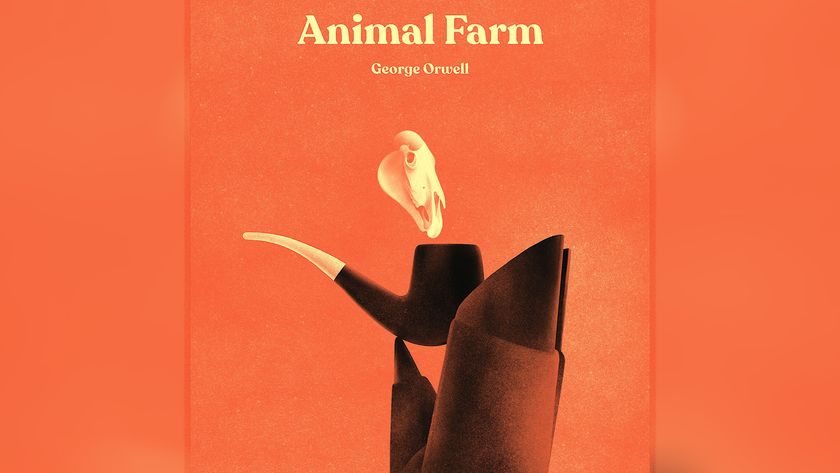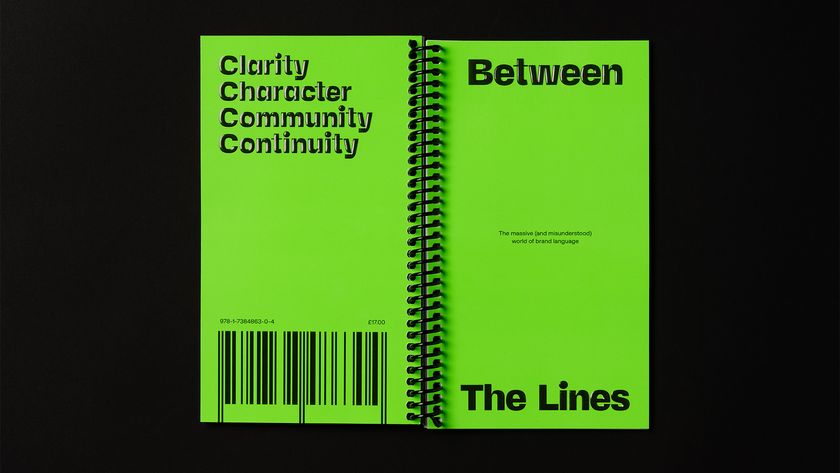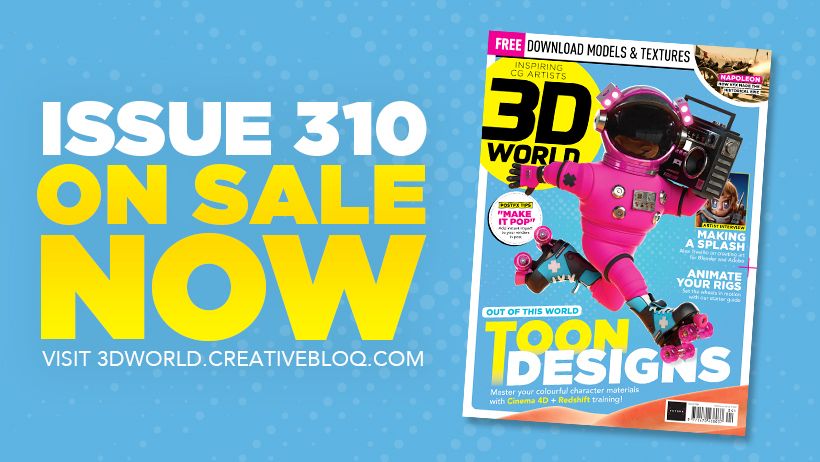Why it pays to be creatively restless
An insatiable desire to keep evolving and improving is an asset.
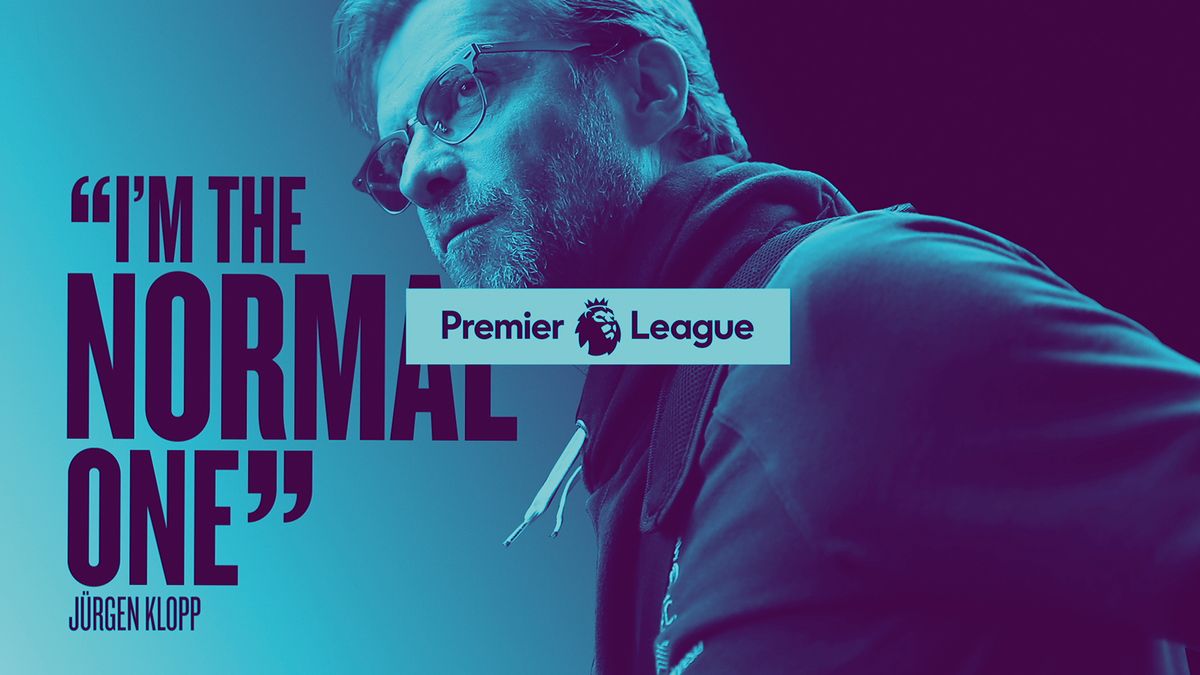
Branding and creative agency DixonBaxi’s diverse staff are creatively restless – that is, they're passionate about continually evolving and improving, and have the curiosity and drive to make new ideas a reality.
- Christmas offer: Save up to 47% on a subscription to Computer Arts
Co-founders Simon Dixon and Aporva Baxi met 24 years ago, when the former interviewed the latter for a new London-based studio, staffed by a small team of northern designers aspiring to “make their name in the big city”. The two just clicked and the rest, as they say, is history.
Dixon says: “We’ve always believed that the bit between the two of us is more powerful than the individuals. That’s where the magic is.”
We caught up with the creatives to explore how this magic middle ground translates into a 30-strong agency model. In the video and written interview below, the co-founders tell us about DixonBaxi as an agency, and further down we catch up with junior designer Thierry Nahayo and design director Harry Ead about how to thrive in a creatively restless studio.
How would you define your studio culture?
Simon Dixon: We’re very focused and intense. Hopefully in a positive way: it’s about creating great work. Over the years, we’ve tried to create a space to have fun too. Every Friday, we have a ‘family lunch’ together. We go out together.
Obviously, the team goes out much more with each other than we do necessarily, but we try to enjoy the process without losing the focus that we’re trying to achieve something creatively excellent, and that does require putting in the hours.
Get the Creative Bloq Newsletter
Daily design news, reviews, how-tos and more, as picked by the editors.
There are certain things we care about. Challenging the status quo; being restless; caring about what you do; understanding your audience. Little details like kerning and leading are just as important as big ideas. It goes from the macro to the micro.
I think people chant about man hours, and work-life balance. I get out of bed in the morning because I love it. I’m defined by my creativity. If you don’t want to work hard on the creative industries, you should be in a different industry, I think.
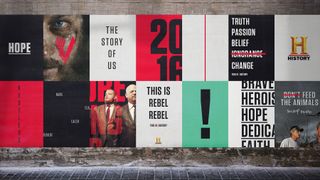
Aporva Baxi: We have people from all over the world here, and that adds a real energy. You get different points of view, but they are all full of integrity and have a genuine quality. We see everything in a collective way.
We print a ton of work out. Standing around it or putting it on the wall creates an openness, and that discussion literally can involve tearing work up, or reorganising it. That hands-on ability helps people understand what they’re making.
You’ll always see people up and talking, really expressing themselves, and it makes for a more thrilling and immersive way of creating work. It isn’t a quiet, headphones on and no music sort of environment. There is a real spirit, and that finds interesting personalities.
What is creative restlessness?
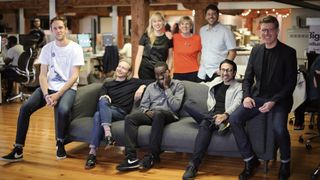
What does it mean to be creatively restless?
SD: It’s an operating system. If you’ve worked for 25 years in an industry and you want to be valid, you’d better be restless. Otherwise you’ll plateau, and then you’re gonna drop.
It’s about creative self-fulfilment. It’s about learning and engaging with the world and doing new things. Pushing the envelope of our industry, because why be in it otherwise?
AB: It’s not simply about flitting from one thing to another. It’s really learning, and creating what’s next. It’s trying to find the next thing.
Your tagline is ‘changing things for the better through creativity’. How much of that is about design for good, versus commercial metrics?
SD: We see creativity as a tool to improve things, and that could be a very small change, or a massive, cultural internal change within a business. It could also be social change. It depends on the client we’re working with.
We are basically commercial artists. Very large brands want to engage people, and our job is to help them do that – but you have to do that on the merits of how that brand fits into someone’s lifestyle, and has relevance and validity and purpose.
Take the Premier League, for example: you have to enjoy the football watching experience more if we’ve worked on it than if we haven’t. Why would we design a complex motion and design theory if it didn’t enhance the experience of watching the thing you love?
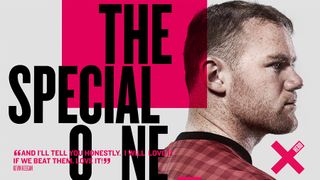
AB: We root that inside the company as well – the idea that we can change things for the better. Again, it’s about being restless, about improving things – it’s that thought that any aspect of anything we do can be changed for the better.
That also allows for a freedom and an openness when we’re talking about work. We move projects through the studio, or take work from one team and give it to another for a different point of view. We also tend to work really quickly, which means we’re looking at work on a daily basis. We all meet at around 4 o’clock, when there’s still enough time to get somewhere.
How to thrive in a creatively restless studio
DixonBaxi design director Harry Ead and junior designer Thierry Nahayo share their dos and don’ts for making work that stands out. Watch them speaking in the video below and read their top four tips below that.
01. Do get bad ideas out the way early
“We get as many people involved as we can from the start, from different skillsets,” explains Ead. “We have a creative sprint, where we spend a week or two doing everything you can imagine. Stuff that’s wrong, stuff that’s right.” The most important thing, he adds, is not to worry about nailing it first time.
Thierry Nahayo agrees: “Make all the wrong decisions first, and smash those out the way,” he grins.
02. Don’t be afraid to rip stuff up
“I enjoy making mess. You can always tidy it up afterwards,” says Ead. “We print lots of stuff out, get everyone around, and it’s a communal effort to get the idea. It’s hard to get that kind of viewpoint when things are on a screen. It breeds a little bit of healthy competition as well,” he goes on. “Once it’s out on the floor, you have nowhere to hide.”
Of course, making mess has downsides: “We have to constantly tidy these areas, because literally there’s paperwork every single day,” admits Nahayo. “It keeps us on our toes to see what everyone is doing, and also it gets us back in line.”
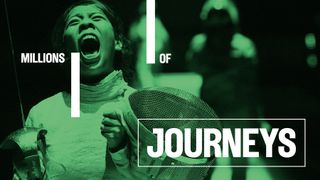
03. Do put the hours in when necessary
"There’s always going to be a bit of a pinch point,” insists Ead. “You’ve got to put in the hours to make it good, but I think that comes with being passionate about what you do. If you love being a designer and you care about the project, you’re going to put the time and the hours in because you want it to be the best it can. Opportunities like working on the Olympics don’t come around very often, so it’s worth the odd late night.”
04. Don’t rest on your laurels
“Restlessness is part of our everyday life here,” says Ead. “The constant push to try to make things as good as they can be bleeds into every single bit of work we do.”
Part of that is not resting on your laurels, adds Nahayo: “I don’t think that after we do an incredible project here, we stick with just thinking about it,” he says. “Before you know it, we’ve forgotten it and we’re onto something massive.”
This article was originally published in issue 271 of Computer Arts, the global design magazine – helping you solve daily design challenges with insights, advice and inspiration. Buy issue 271 here or subscribe to Computer Arts here.
Special Christmas offer: Save up to 47% on a subscription to Computer Arts for you or a friend for Christmas. It's a limited offer, so move quickly...
Related articles:

Thank you for reading 5 articles this month* Join now for unlimited access
Enjoy your first month for just £1 / $1 / €1
*Read 5 free articles per month without a subscription

Join now for unlimited access
Try first month for just £1 / $1 / €1

Nick has worked with world-class agencies including Wolff Olins, Taxi Studio and Vault49 on brand storytelling, tone of voice and verbal strategy for global brands such as Virgin, TikTok, and Bite Back 2030. Nick launched the Brand Impact Awards in 2013 while editor of Computer Arts, and remains chair of judges. He's written for Creative Bloq on design and branding matters since the site's launch.

